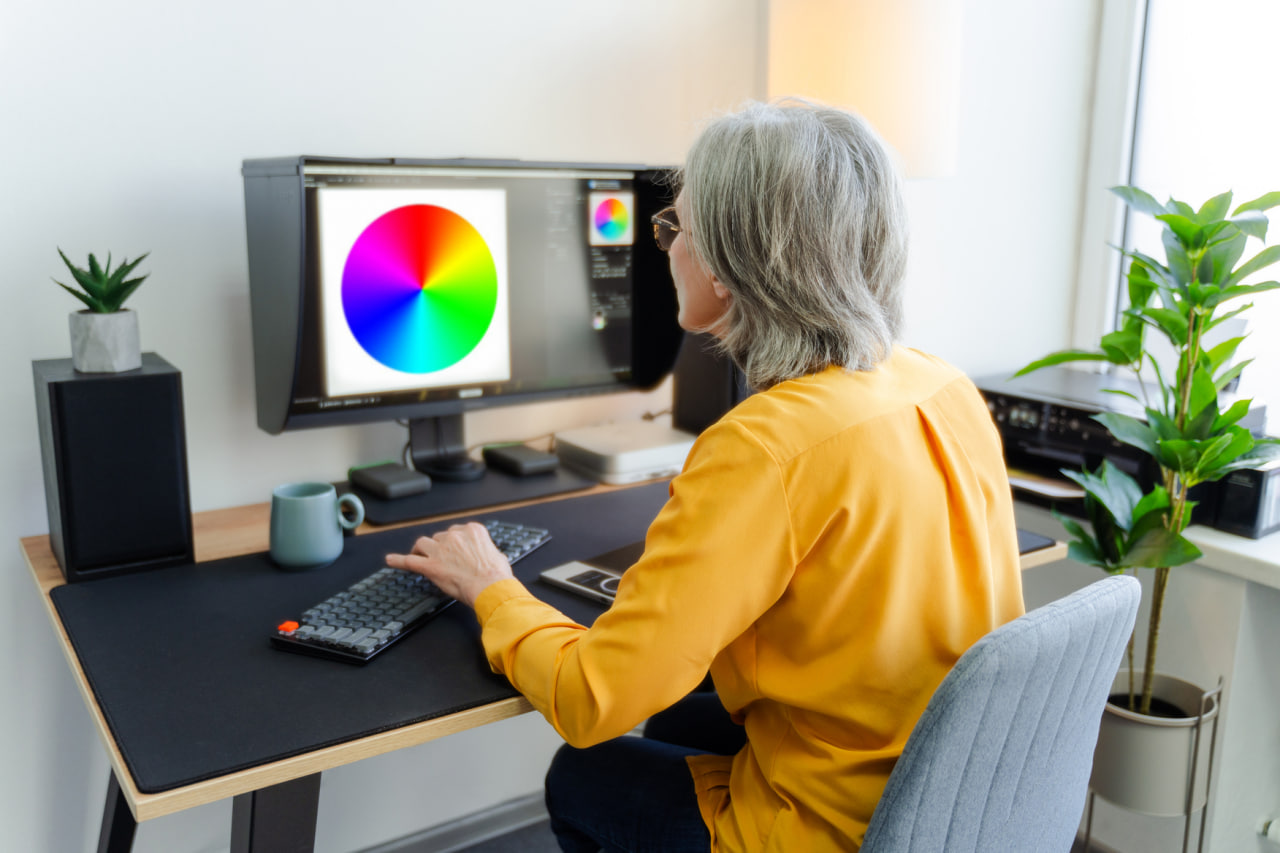Top 5 Color Grading Mistakes and How to Avoid Them
Color grading is an essential step in post-production that can transform ordinary footage into visually…
Color grading is an essential step in post-production that can transform ordinary footage into visually stunning, emotionally engaging videos. However, even experienced creators sometimes make mistakes that can undermine their work. By understanding these common pitfalls and learning how to avoid them, you can elevate your color grading skills and produce professional-quality results.
Mistake 1: Overdoing the Color
One of the most frequent mistakes is applying too much saturation or extreme color shifts. Over-saturated colors can make footage appear unnatural and distract viewers from the story. Excessive contrast or heavy tinting can also create visual fatigue, reducing the emotional impact of your video.
How to Avoid It:
- Start with subtle adjustments and gradually increase intensity if needed.
- Compare your graded footage with reference images or films to maintain balance.
- Step away from the project periodically to view it with fresh eyes.
Mistake 2: Ignoring Consistency Across Shots
Inconsistent grading between scenes or shots can make a video feel disjointed. Even slight variations in exposure, contrast, or hue can disrupt the visual flow and confuse the audience. Maintaining a uniform look is especially important in projects with multiple camera setups or lighting conditions.
How to Avoid It:
- Use adjustment layers or shared LUTs for consistency across clips.
- Reference your key shots to ensure a cohesive visual style.
- Perform side-by-side comparisons throughout the grading process.
Mistake 3: Neglecting Skin Tones
Skin tones are among the most sensitive elements in color grading. Incorrectly adjusted skin tones can make subjects appear unnatural, sickly, or overly stylized. Maintaining realistic skin colors is crucial for audience connection and immersion.
How to Avoid It:
- Use selective color adjustments or masks to protect skin tones.
- Reference real-life skin tones to ensure accuracy.
- Avoid over-applying color effects to areas where natural tones are essential.
Mistake 4: Skipping Color Correction
Color grading without first performing proper color correction is a common error. If the footage has exposure issues, white balance problems, or inconsistent lighting, grading alone will not fix these fundamental problems. Skipping correction can result in a polished look that still feels flawed or uneven.
How to Avoid It:
- Always correct your footage before applying creative grading.
- Adjust exposure, white balance, and contrast to create a neutral base.
- Ensure your clips match each other before enhancing mood or style.
Mistake 5: Overreliance on LUTs
Look-Up Tables (LUTs) are powerful tools for achieving a specific look quickly, but overusing them can produce generic or exaggerated results. Relying solely on LUTs may limit your creative control and make your footage appear formulaic.
How to Avoid It:
- Use LUTs as a starting point, not the final solution.
- Adjust curves, shadows, highlights, and saturation manually to refine the look.
- Experiment with custom grading techniques to develop a unique visual style.

